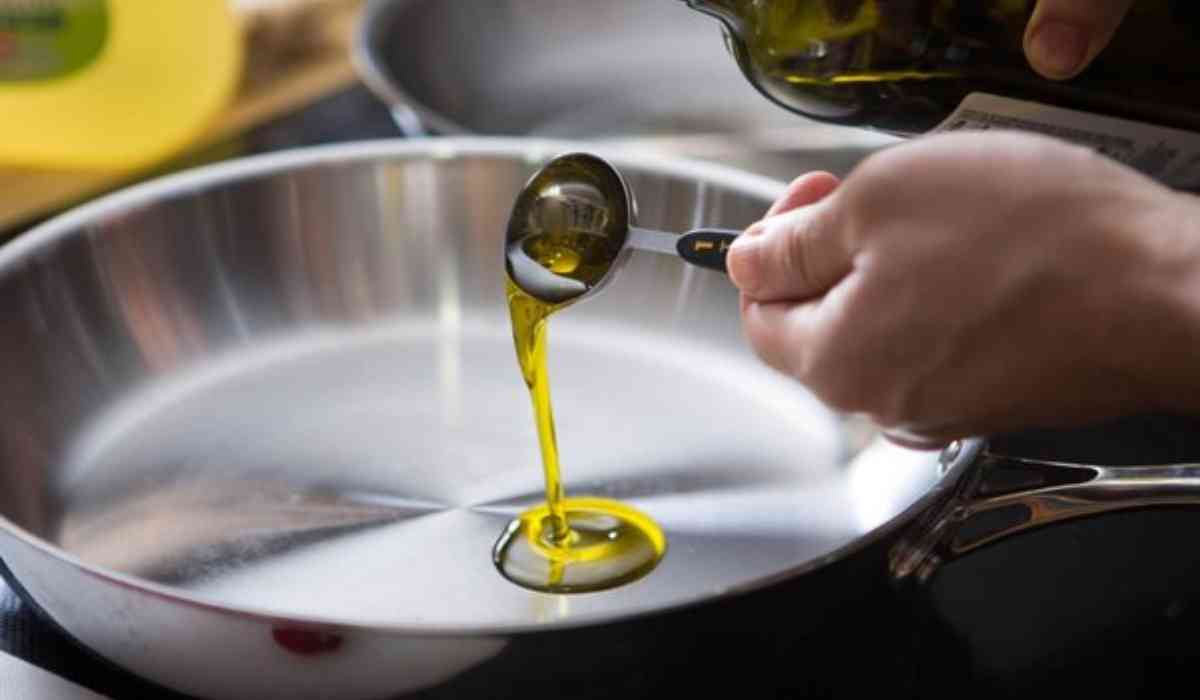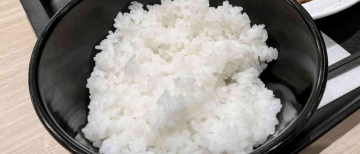Unrefined oils have become a popular choice for health-conscious people looking to incorporate natural, minimally processed items into their diets. These oils are derived from a variety of plant sources and preserve important nutrients and tastes that are frequently lost during refining. However, unrefined oils have lower smoke points and may degrade more quickly due to contaminants such as free fatty acids and plant residues. This has sparked disagreement about the best ways to use them in cooking, with some experts pushing for a certain pre-heating process.
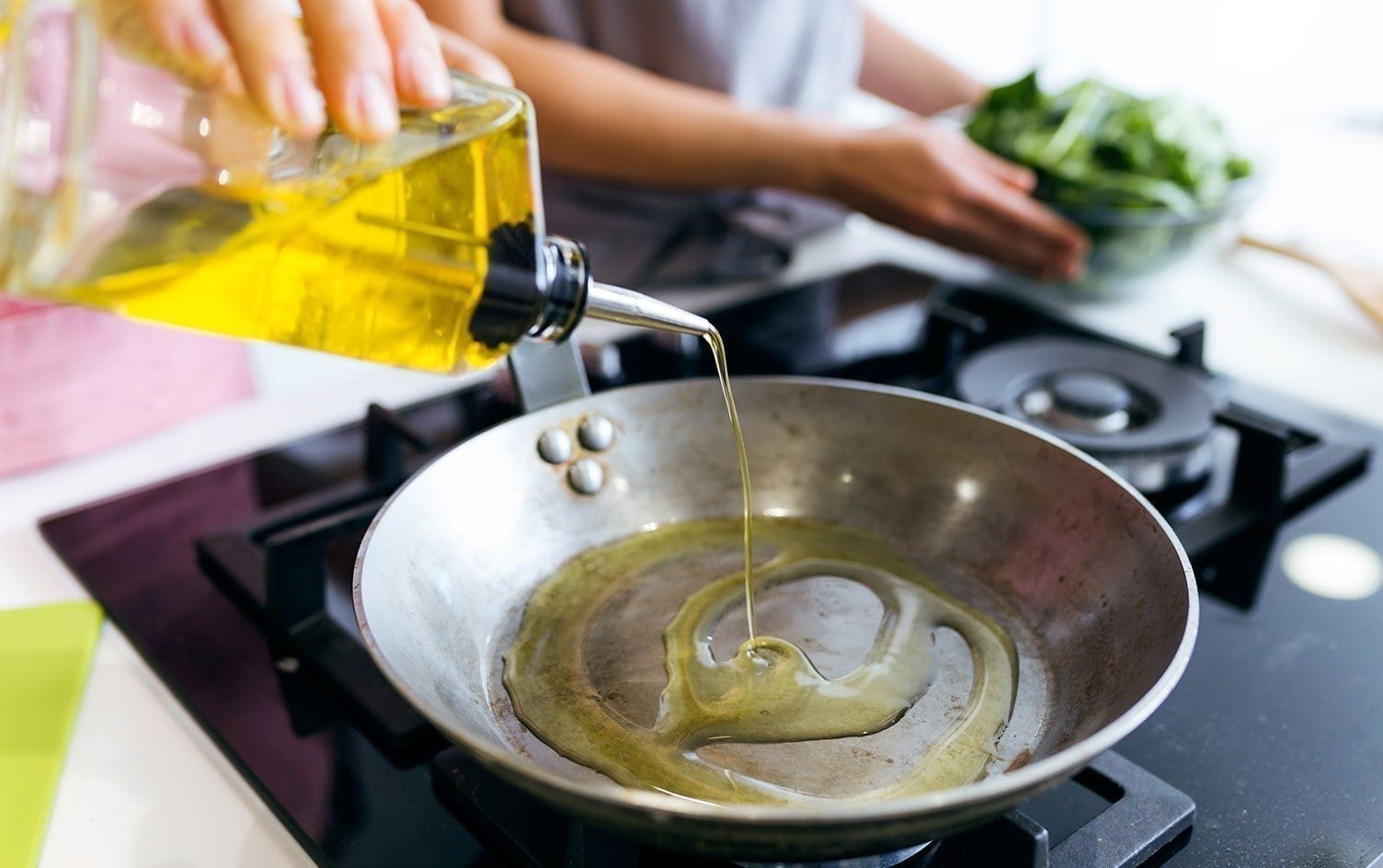
What is unrefined Oil?
Unrefined oil, often known as crude or virgin oil, is a form of cooking oil derived from a variety of plant sources without considerable processing or refining. Unlike refined oils, which undergo many procedures to remove contaminants and improve stability, unrefined oils maintain more of their inherent flavor, color, and nutritional characteristics. Here's a full summary of unrefined oil:
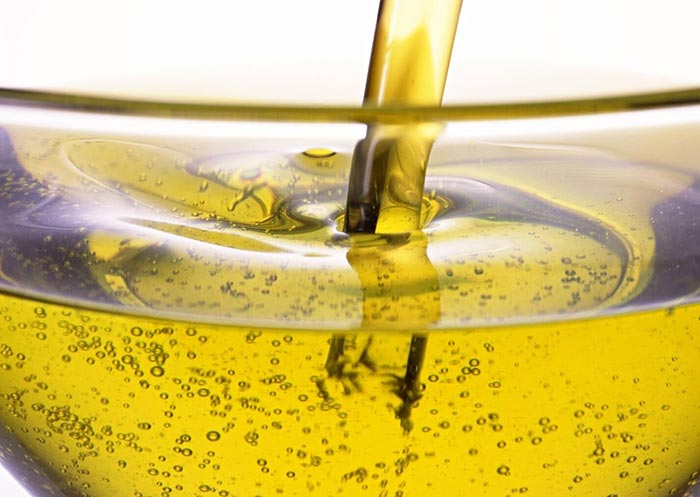
Characteristics of Unrefined Oil:
Natural Flavor and scent: Unrefined oils have a richer, more prominent flavor and scent than refined oils. This is because they preserve more of the natural chemicals found in raw materials.
Nutrient-dense: Unrefined oils contain more vitamins, antioxidants, and other important substances found in raw plant material. These nutrients can change based on the oil type and extraction process.
Lower Smoke Point: Unrefined oils have lower smoke points than refined oils, making them less suitable for high-temperature culinary procedures such as frying. They are still appropriate for moderate-heat cooking and are frequently used in salad dressings, marinades, and low-heat sautéing.
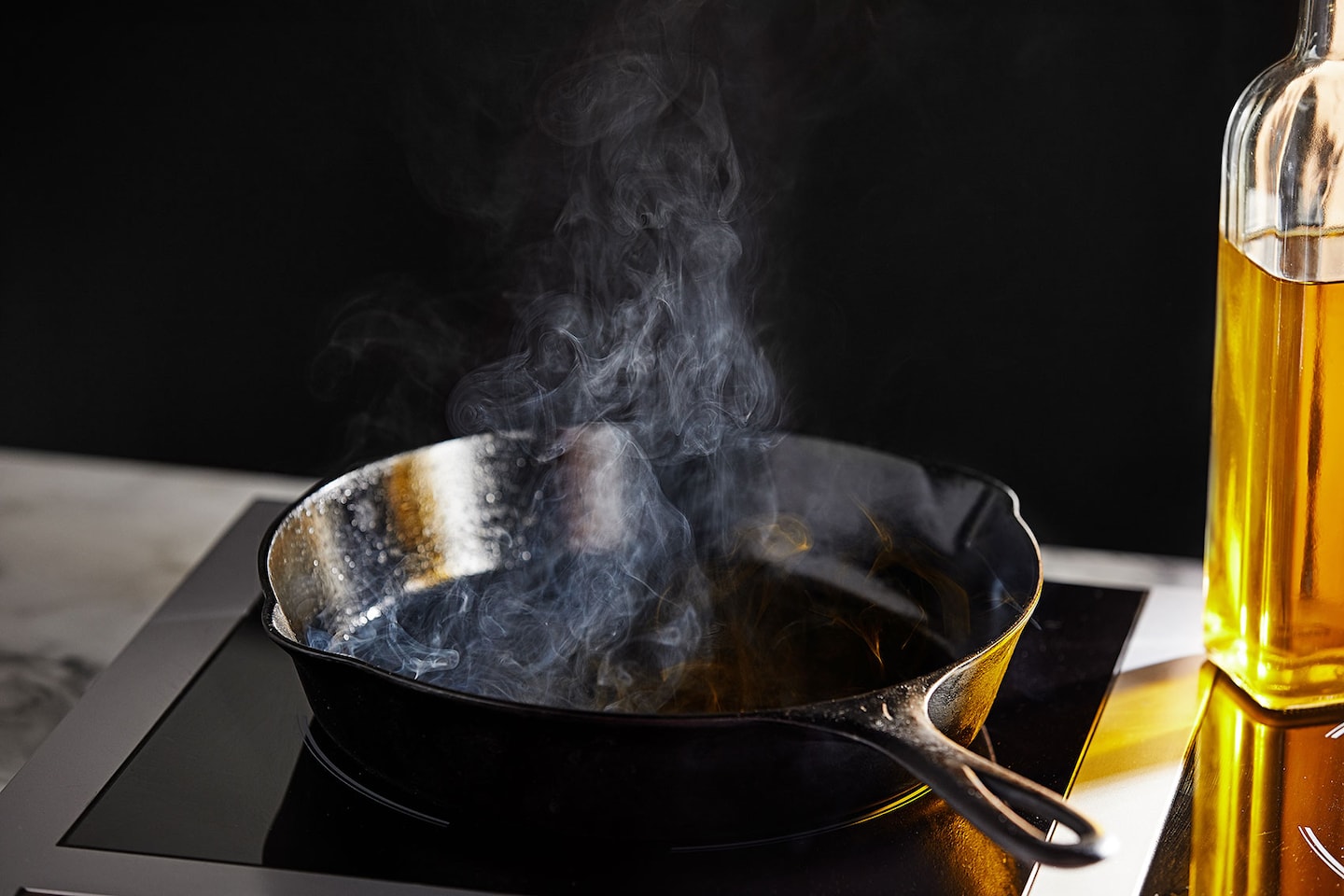
Life Span: Unrefined oils have a lower shelf life than refined oils because they include more natural contaminants and unsaturated fats. They are more susceptible to oxidation and rancidity, particularly when exposed to light, heat, and air.
Extraction Methods:
Unrefined oils are often extracted by mechanical or cold-pressing processes, which entail crushing or grinding raw plant material to obtain the oil.
Cold-Pressing: In this procedure, raw plant material (seeds, nuts, or fruits) is pressed at low temperatures to extract oils. Cold-pressed oils retain more of their natural flavor, aroma, and nutrients than those extracted with heat or chemical solvents.
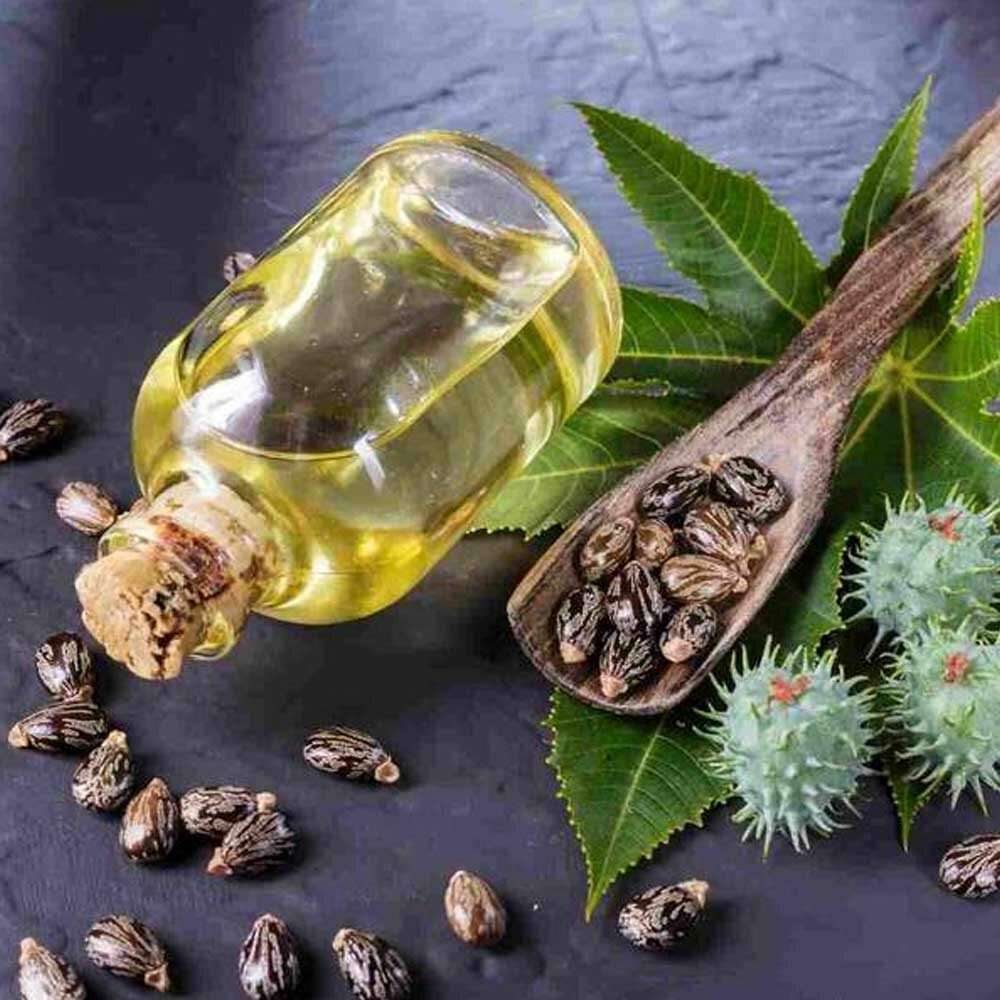
Expeller-Pressing: Expeller-pressing, like cold-pressing, is the mechanical pressing of raw materials to extract oil. However, the technique may require somewhat greater temperatures than cold-pressing.
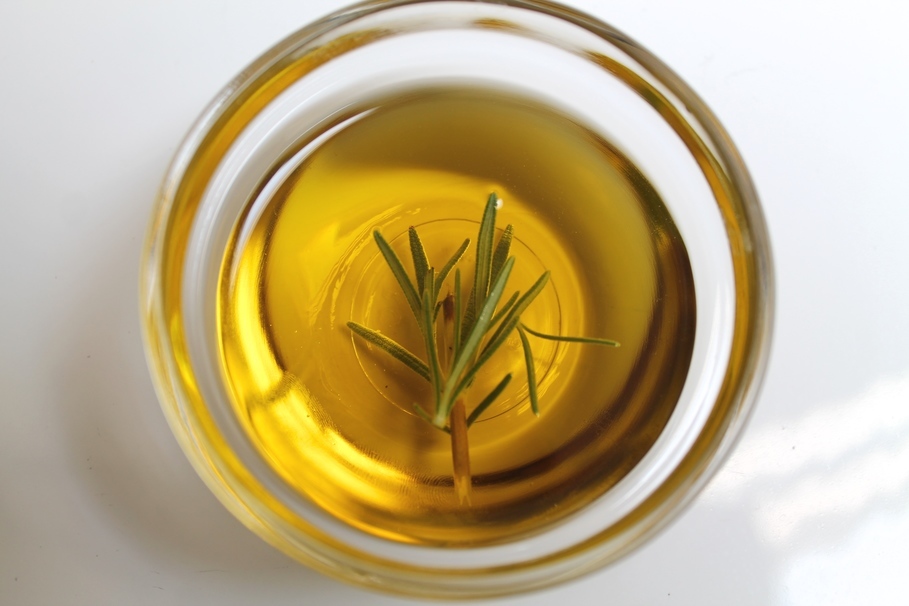
Solvent-Free Extraction: Some unrefined oils are extracted without the use of chemical solvents such as hexane. These approaches frequently result in high-quality oils with minimum processing.
Types of unrefined oils:
There are various types of unrefined oils, each having a distinct flavor, aroma, and nutritional profile. Some common examples are:
Extra virgin olive oil, known for its delicious flavor and rich aroma, is cold-pressed from fresh olives and high in monounsaturated fats and antioxidants.
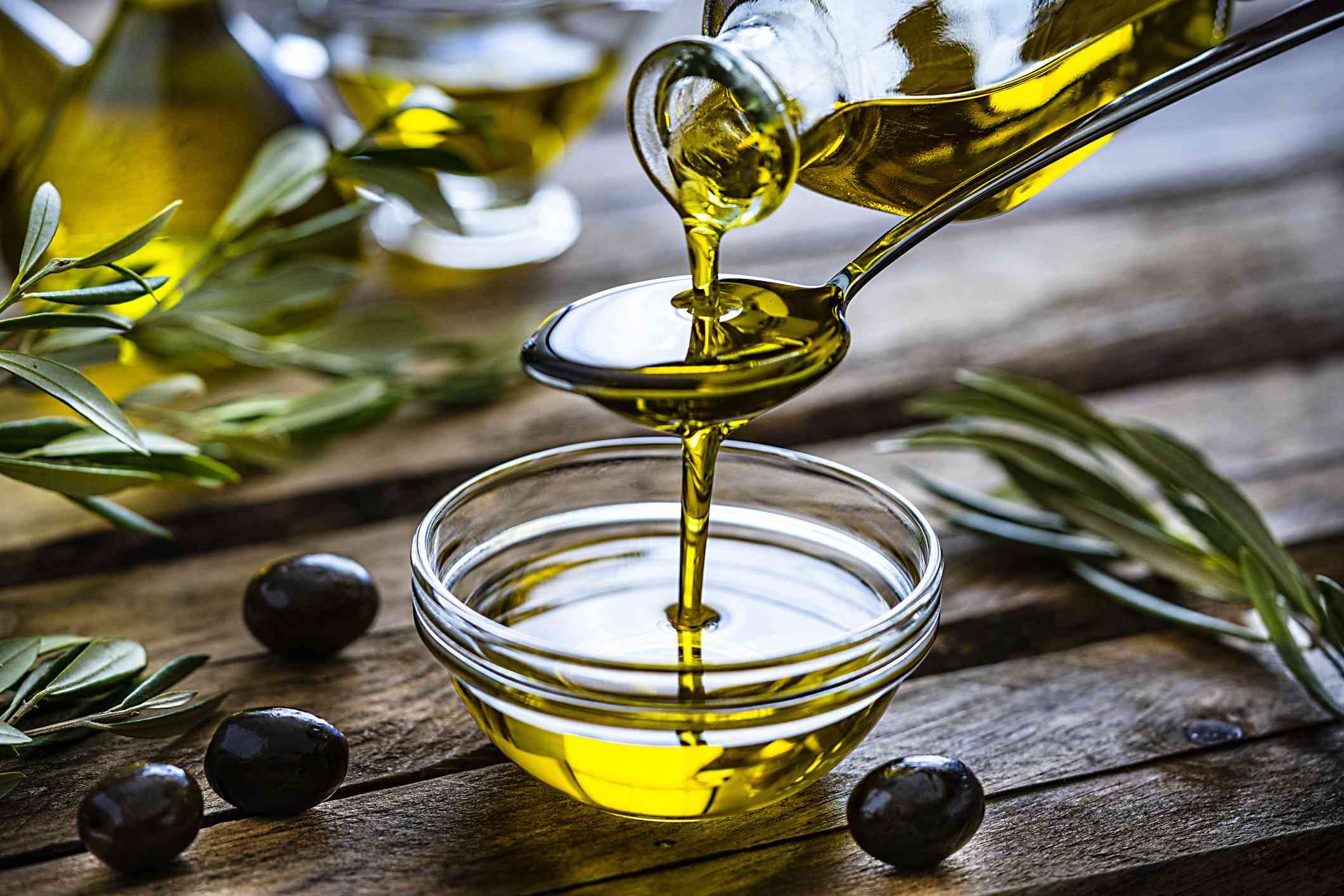
Coconut Oil: Made from the meat of mature coconuts, coconut oil has a distinct tropical flavor and is high in medium-chain triglycerides.
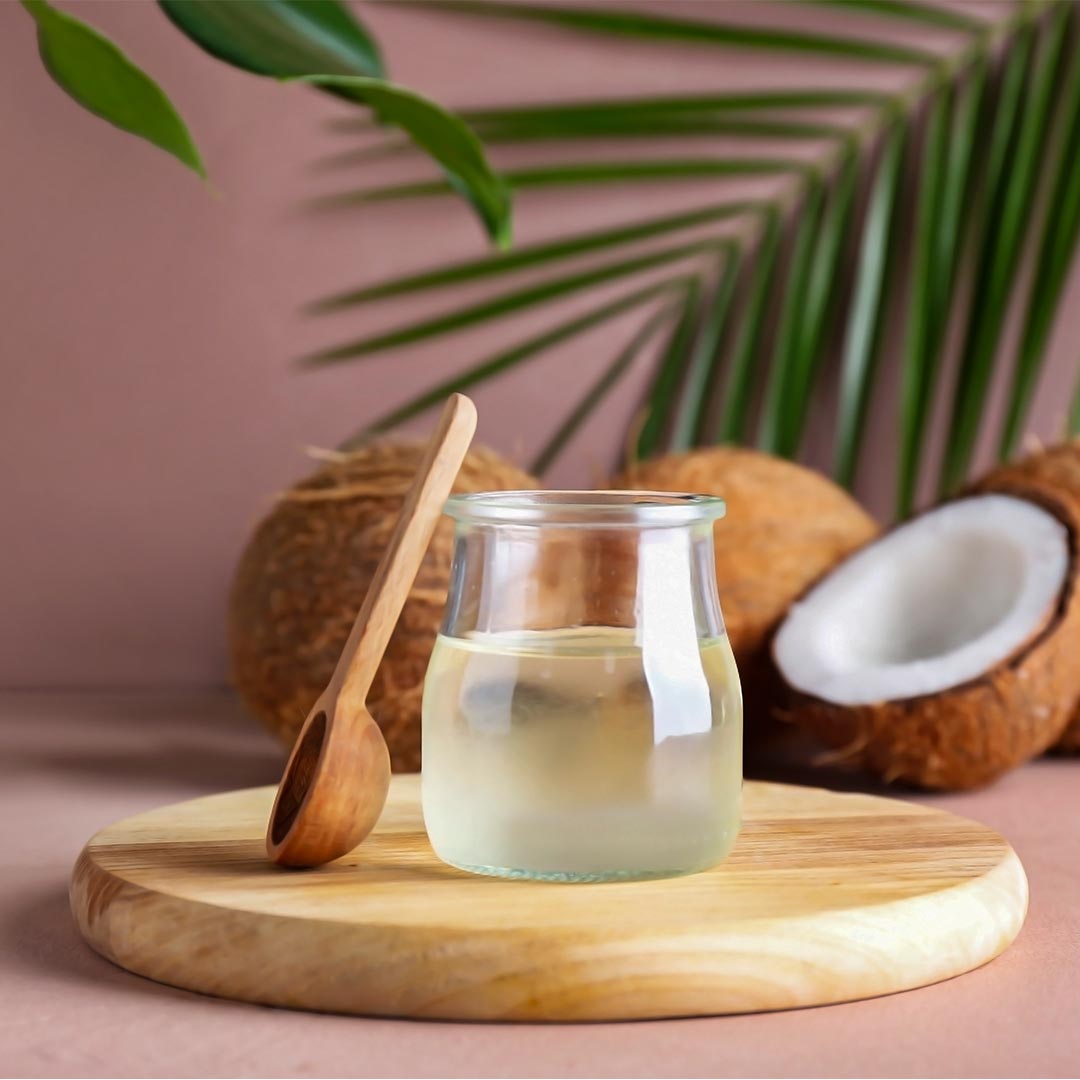
Flaxseed Oil: Cold-pressed from flaxseeds, this oil is strong in omega-3 fatty acids and has a nutty flavor.
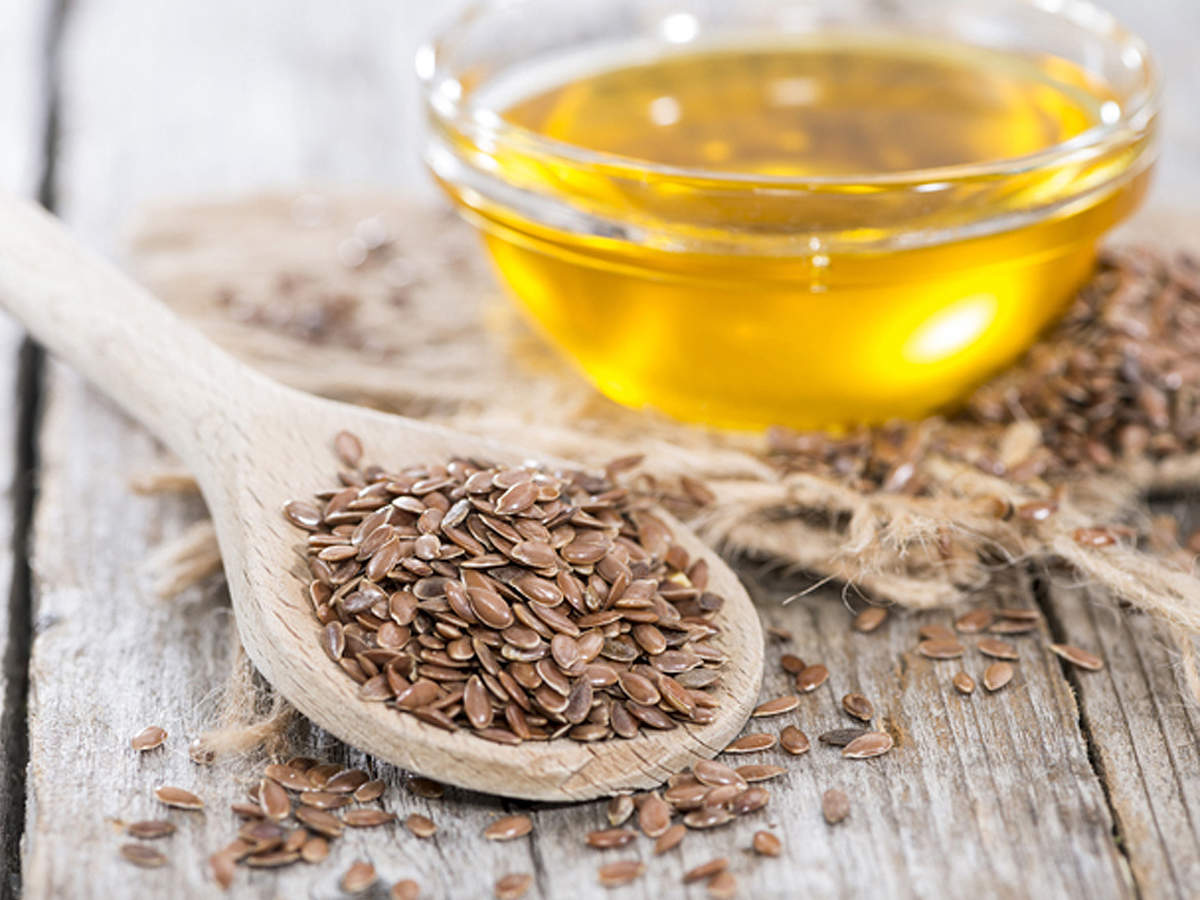
Sesame Oil: Cold-pressed from sesame seeds, sesame oil has a deep, nutty flavor and is widely used in Asian cuisine.
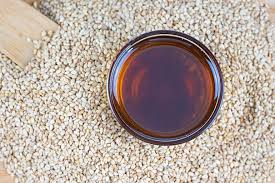
Sunflower Oil: Cold-pressed from sunflower seeds, this oil has a moderate flavor and is abundant in vitamin E and omega-6 fatty acids.
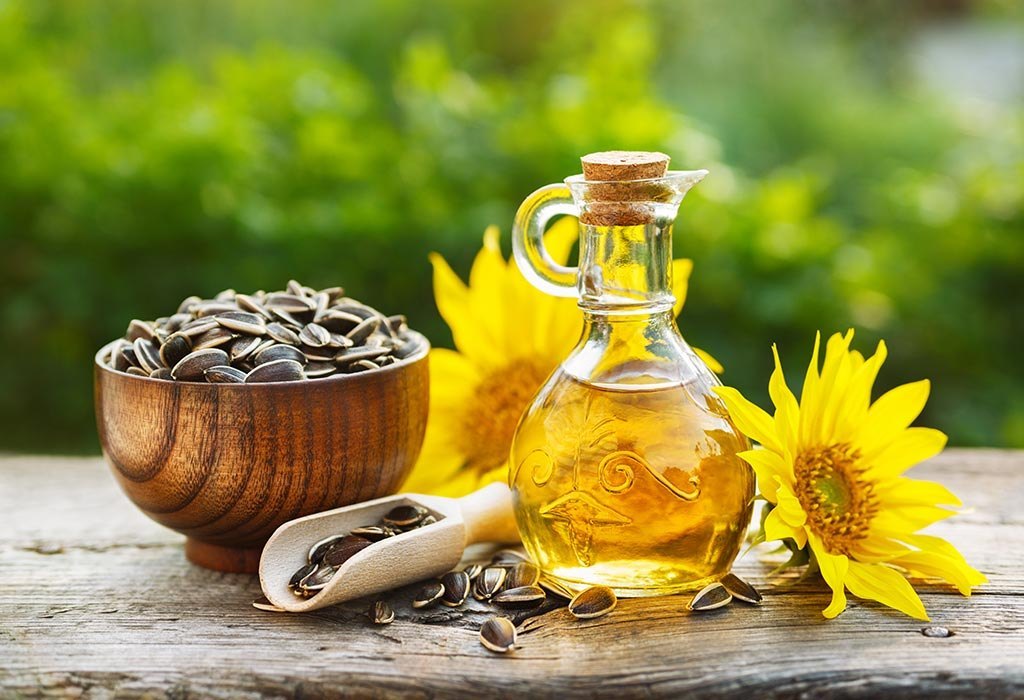
Pumpkin Seed Oil: Pumpkin seed oil is cold-pressed from pumpkin seeds and has a deep, nutty flavor. It is abundant in antioxidants and important fatty acids.
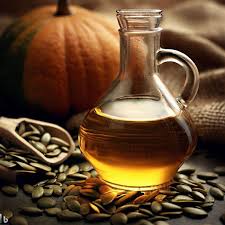
What are the pros of the unrefined oil?
Nutrient-rich: Maintains higher levels of vitamins, antioxidants, and other useful compounds.
Natural Flavor: Richer, more intense flavor and scent than refined oils.
Minimal processing: Mechanical extraction without the use of heat or chemical solvents.
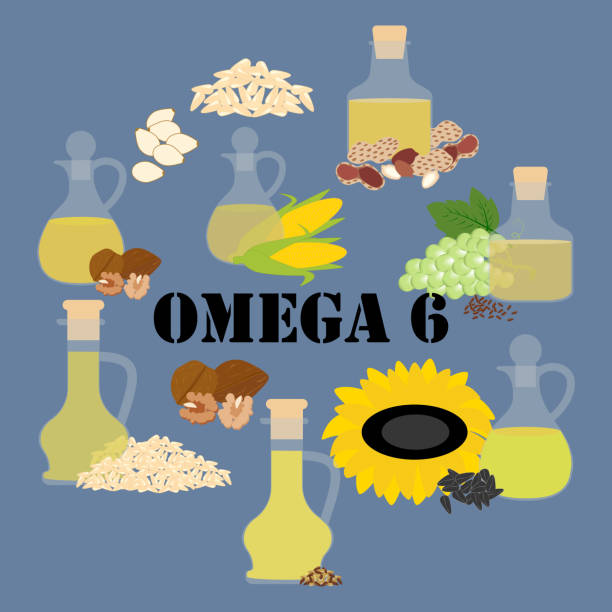
What are the cons of the unrefined oil?
Lower Smoke Point: Not ideal for high-heat cooking methods such as frying.
Shorter shelf life: More susceptible to oxidation and rancidity than refined oils.
Quality varies based on the extraction process, storage conditions, and freshness of the raw material.
Chef Ranveer Brar's Method: Pre-heating Unrefined Oils
Chef Ranveer Brar recommends a novel way to use unrefined oils: boil them till they produce smoke, then let them cool before cooking. This approach, he argues, helps to volatilize or burn off contaminants, slightly boosting the oil's smoke point and producing a cleaner, more stable oil.
A nutritionist at Lord's Mark Biotech endorses this approach. According to Nutritionist, heating unrefined oils until they smoke helps to eliminate impurities, making the oil more stable and prolonging its shelf life by minimizing oxidation and rancidification. However, she also mentions that this process can degrade essential elements such as polyunsaturated fats, vitamins, and antioxidants.
Expert Opinion: A Balanced View
Nutritionists a consulting dietician, and certified diabetes educators, have different perspectives. According to a Nutritionist boiling unrefined oils before usage is unnecessary in most cases. These oils, which are extracted mechanically, such as through cold pressing, naturally preserve their tastes and beneficial ingredients. Heating can deplete some vitamins and antioxidants, although the overall effect on nutritional value is minimal. They also emphasize that heating can bring out the robust aromas of unrefined oils or introduce roasted notes, which may be beneficial in particular culinary contexts.
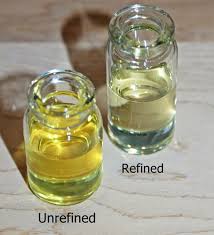
REFINED OIL VS UNFINED OIL:
|
Aspect |
Refined Oil |
Unrefined Oil |
|
Processing Method |
Extensive processing |
Minimal processing |
|
Flavor and Aroma |
Mild, neutral |
Rich, pronounced |
|
Smoke Point |
Higher |
Lower |
|
Shelf Life |
Longer |
Shorter |
|
Nutritional Content |
Lower |
Higher |
|
Appearance |
Clear, light |
may contain sediment |
|
Cooking |
High-heat cooking methods |
Low to medium-heat cooking methods |
|
Uses |
(frying, baking) |
(sautéing, salad dressings) |
|
Examples |
Canola oil, soybean oil, sunflower oil |
Extra virgin olive oil, coconut oil, sesame oil |
Risks and Drawbacks of Heating Unrefined Oils:
Despite the possible benefits, heating unrefined oils carries several risks:
Heating unrefined oils can cause oxidation, which destroys antioxidants and may increase the risk of chronic diseases.
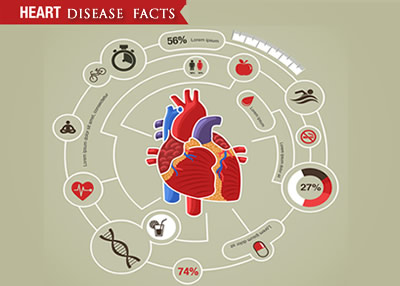
Nutrient Degradation: High heat can damage sensitive molecules like polyunsaturated fats, vitamins, and antioxidants, lowering the oil's nutritional value.
Flavor Alteration: While heating can improve certain natural flavors, it can also introduce undesired roasted notes or overpower the flavors, which may not be desirable in all recipes.
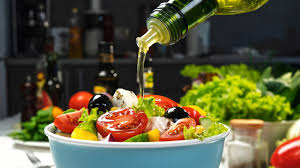
Unrefined oils are an excellent supplement to a health-conscious diet, as they provide natural tastes and necessary nutrients. To reap the most benefit from their lower smoke points and heat sensitivity, they must be handled with care. Chef Ranveer Brar's approach of preheating unrefined oils improves their stability and performance, but it may also cause nutrient deterioration. Those who prioritize nutritional preservation and flavor should use cold-pressed oils and store them correctly. Each unrefined oil has distinct qualities, and recognizing these might aid in selecting the finest oil for cooking and dietary purposes.
By weighing the pros and drawbacks, you may make informed judgments about introducing unrefined oils into your cooking methods, thereby improving the flavor and nutritional content of your dishes.
Inputs: Agencies
Image Source: Multiple Agencies
ⒸCopyright 2024. All Rights Reserved Powered by Vygr Media

